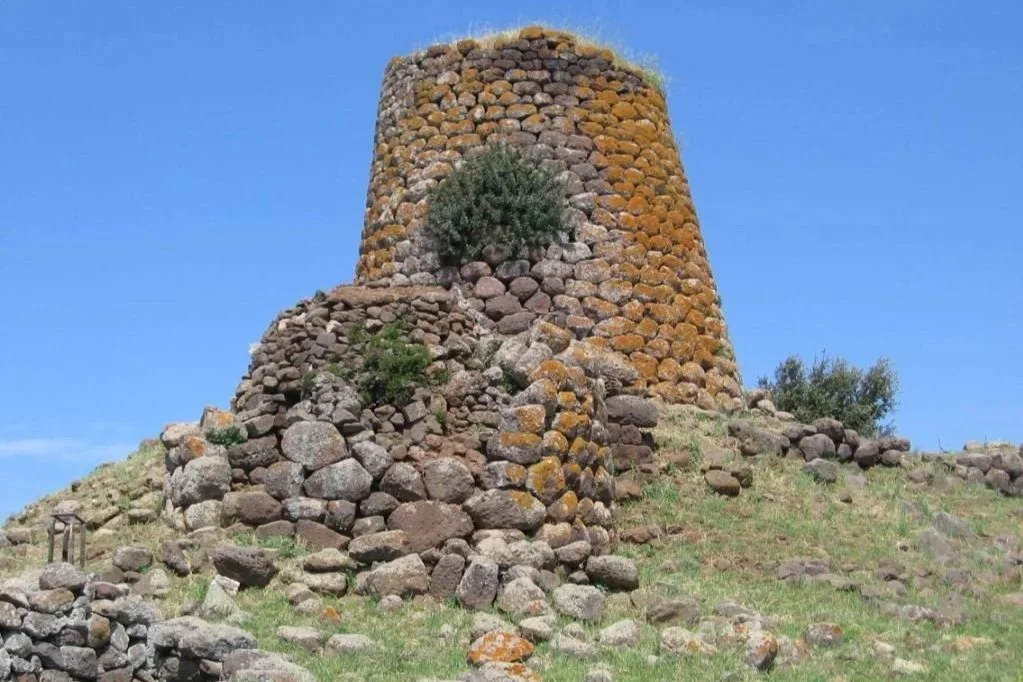Archaeological Updates: Recent chemical and isotopic analyses provide a new perspective on the Bronze Age people of Sardinia
The recent publication of an archaeometallurgical study (which examines the production of ancient metal) on the bronzetti figurines of the Bronze Age Nuragic culture of Sardinia has revealed information on the origins of the figurines themselves, and on the island’s Bronze Age inhabitants. This includes their ties to other prehistoric societies during the first century BCE, as reported by Archaeology News.
The recent discoveries come from the work of an interdisciplinary team of scientists from across Europe, including researchers from Aarhus University in Denmark, Moesgaard Museum in Denmark, the Curt-Engelhorn Center for Archaeometry in Germany, and the Superintendency of Archaeology, Fine Arts, and Landscape for the Metropolitan City of Cagliari and the Provinces of Oristano and South Sardinia in Italy, employing a “multi-proxy approach” in their examination of the bronzetti figurines, according to EurekAlert!.
This approach combining chemical and isotopic analyses also utilized, for the first time, osmium isotope analysis to analyze 48 bronze figurines from across three Sardinian archaeological sites and a collection from the National Archaeological Museum of Cagliari, as reported by PLOS One.
Regarding the Nuragic people themselves, they were a group who prospered on Sardinia during the Bronze Age, and remain famous for their large stone towers called “nuraghe”, 7,000 of which still stand, as stated by Archaeology News. They remain equally famous for their bronze figurines, called “bronzetti,” although scholars “have long speculated about where the metal - mainly, the copper and tin - to create these tiny sculptures came from” as noted by Archaeology Magazine. Providing answers to this mystery via the multi-proxy approach was one of the goals of the research, according to PLOS One and Archaeology News.
LBV Magazine has reported that the analyses revealed, “Nuragic artisans did not use a single type of copper, but rather mixed metals from different origins to manufacture their famous figurines.” As stated by Archaeology Magazine, this was done deliberately to achieve desired effects such as a particular color or durability or due to “local market availability.” The researchers also found that, although Sardinia has local deposits of tin and lead to make bronze, the tin utilized for the bronzetti was found to have been imported, most likely from Iberia, as claimed by EurekAlert!.
That said, the copper utilized for the bronzetti “came primarily from southwest Sardinia, specifically from the Sa Duchessa mine in the Iglesiente-Sulcis district,” as indicated by Archaeology News. EurekAlert! also reports that researchers found the bronzetti from the three archaeological sites examined were composed of metal that were very similar to one another.
In the past, researchers have speculated that the copper came from Cyprus, Israel, or Jordan, mainly because its “lead isotope signature overlaps with that of other regions, especially the Arabah Valley,” as per LBV Magazine. But, the osmium isotope analysis ruled this out, proving that the copper is of Sardinian origin, as mentioned by PLOS One.
The implications of these recent discoveries are significant. In regards to the implications, LBV Magazine said, “paint a much more complex and dynamic picture of Nuragic Sardinia than previously thought.”.
The 48 bronzetti specifically came from the Nuragic “sanctuary sites” of Su Monte-Sorradile, Abini-Teti, and Santa Vittoria-Serri, which served as political and religious centers for the Nuragic, and remain the principal locations where bronzetti are found today. Even before the paper, it was recognized that these sanctuaries potentially played a “pivotal role in Sardinia’s metallurgical and copper distribution networks during the Bronze and Iron Ages,” and, as a result of the research, there is now evidence of these sanctuaries filling additional roles as economic or metallurgical centers, confirmed by PLOS One and LBV Magazine.
These analyses show Sardinia as an important component in the Bronze Age metal trade across Europe and the Mediterranean, in which the island played an “active part in [these] exchanges,” according to Archaeology News, and especially with Iberia.
They also reveal a civilization with an intricate understanding of their local environment and how to take advantage of it. Through the multi-proxy approach taken by the interdisciplinary team, they have shown Sardinia as an “important hub of metallurgical expertise and international exchange during the transition from the Late Bronze Age to Early Iron Age,” as mentioned by Archaeology News. Not only that, but, as Professor Helle Vandkilde of Aarhus University in EurekAlert! observed, that such a study makes clear the “strong foundation” archaeology can provide for work in the natural sciences, allowing for successful collaborations between archaeologists and other scientists.

